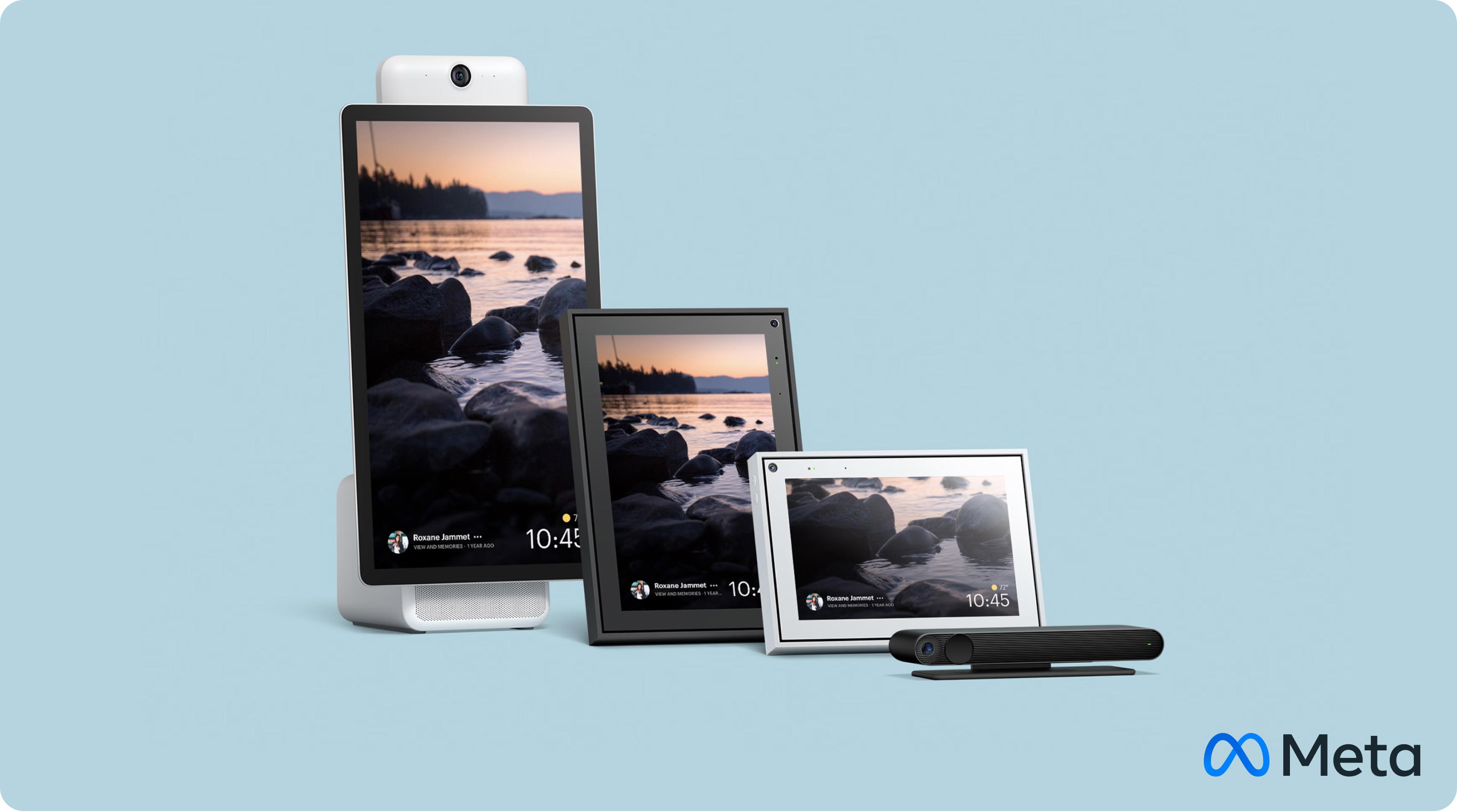
Company
Meta via Connected
Role
Senior Design Lead
Tenure
2017 - 2018
Portal - Meta's first hardware product
Meta is known for...just kidding - I don't think we need to go there. In 2017 I was fortunate enough to contribute to the early discovery and development of Meta's first hardware product - Portal. With this product, Meta's hypothesis was that users were looking for hands-free, instant access to video communication. Consider Grandma who doesn't live near their Grandchildren, families who are apart for a period of time or friends who aren't geographically close but want to stay connected. Some of the key hands-free tech within this product included the ability to start a call with just your voice, hands-free zoom so a user didn't have to stay in a specific location to be seen or if multiple people were in the room - the camera would ensure all were visible.
The Problem
Is the main selling feature enough to carry the product?
From user-testing, the value of the main selling feature - hands-free calling - was more of a novelty and the delight would fade quickly. Interacting with the device, users would have a quick a-ha moment when using the device and walking freely in a space. The ability to multitask while having a video chat was that initial a-ha moment. Once the novelty wore off, this was quickly followed by a 'boo-hoo' moment - the realization that this device was both listening to and watching you. And until the very late addition of a lens cover, the vision of the product was to live in the home as "always on".
The Opportunity
Finding ways to add supplemental value
The idea that this device would sit centrally within a home essentially becoming a "digital hub" - it needed to do more. As a team we brainstormed a number of ways to add more value to the device and one of the ways we decided to pursue was to make it a central smart home hub. A place where a household could have access to all the smart devices within it.
Smart Home - First Time Use third-party integrations
Smart Home - Scenes and Rooms
More to come
Soon - we're LEAN